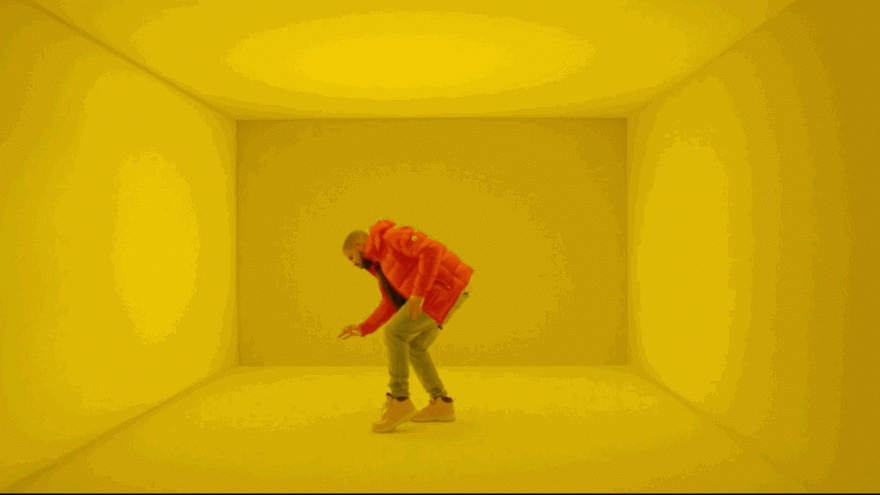I can’t say that I ever imagined myself as a late-night hotline customer. I can definitely say that I never imagined myself as a late-night Justin Bieber hotline customer. But last Friday night I found myself dialing 231-371-1113 from my bedroom to hear the little terror’s cover of Drake’s “Hotline Bling.”
Call me 231 377 1113 on my cell phone pic.twitter.com/UAGG4ntQNf
— Justin Bieber (@justinbieber) October 30, 2015
And I must confess that it’s quite good. Less of a cover or remix than it is a third-party intervention, Bieber’s song recycles Drake’s Casio beat and technological ennui in service of a new story. Whereas Drake’s original song is structured around a central pair—“You used to call me on my cellphone/Late night when you need my love”—Bieber creates a love triangle of sorts: “I know you call him on his cellphone/When you couldn’t reach my love.” Are they talking about the same person? Probably not: Canada isn’t that small. But the strange points of overlap and divergence between these two versions of “Hotline Bling” create a fascinating expanded universe.
To cite another Canadian, the real story here is that “the medium is the message.” Bieber’s cover of “Hotline Bling” is good, sure, but it’s only compelling because you have to call in to hear it. (There are low-quality versions on YouTube, but they are decidedly underwhelming.) “Hotline Bling” is a song about neediness—stupid neediness, the kind of neediness that, less charitably, might be called male entitlement. It is an exhortation to effort. Pick up the phone, dammit! Drake’s version gets at that effort through dance—he’s an entertaining dancer, but not sufficiently natural to make anything seem effortless—but the effort is his whereas he really wants you to exert yourself. Bieber’s hotline more accurately achieves that goal. If you want to hear the song—and you should—you’ll have to do something.
In that respect, Bieber’s remix resembles Charles Seeholzer’s “Insert Customer Feedback Here,” an interactive installation involving a phone that has been reconfigured to occasionally ring and robotically ask you for feedback. The whole experience is a little bit off. The robotic female voice doesn’t fill in the blanks in her script, asking instead about “insert product name here,” but the experience nevertheless rings somewhat true. We have all been there before. That, in effect, is what the “Hotline Bling” hotline does. It’s a familiar transaction that has been automated for artistic purposes. If the transactionalism of it all wasn’t obvious enough, a voice announces Bieber’s upcoming album at the end.
